Uncategorized
-
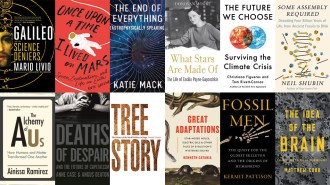 Science & Society
Science & SocietyOur favorite books of 2020 covered climate change, Mars, the end of the universe and more
In a year when the coronavirus pandemic dominated the news, these books were a welcomed distraction.
-
 Health & Medicine
Health & MedicineThe FDA has authorized Pfizer’s COVID-19 vaccine. Now what?
It’s the first to win emergency use approval in the United States.
-
 Science & Society
Science & SocietyThis COVID-19 pandemic timeline shows how fast the coronavirus took over our lives
Look back on how the coronavirus pandemic took over 2020 and how efforts to fight back evolved.
-
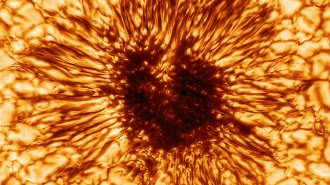 Space
SpaceThis new image reveals a sunspot in unrivaled detail
An image taken by the Daniel K. Inouye Solar Telescope — the largest solar observatory on Earth — provides the best look yet at a sunspot.
-
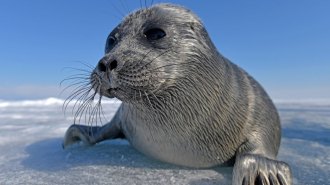 Animals
AnimalsUsing comb-shaped teeth, Baikal seals feed on tiny crustaceans like whales do
Seals in Lake Baikal use comb-shaped teeth to catch scores of amphipods, a study finds. The diet may be behind the seals’ relative success.
By Jake Buehler -
 Health & Medicine
Health & MedicineExperts recommend the FDA approve Pfizer’s COVID-19 vaccine for emergency use
Pfizer-BioNTech’s COVID-19 vaccine is one step closer to emergency use authorization in the United States.
-
 Animals
AnimalsA highly contagious face cancer may not wipe out Tasmanian devils after all
Devil facial tumor disease has killed so many Tasmanian devils that it was feared they would die out. But a new analysis finds its spread is slowing.
-
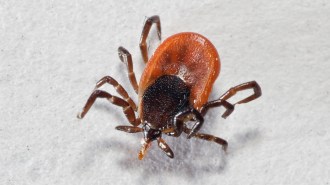 Health & Medicine
Health & MedicineHow some ticks protect themselves from deadly bacteria on human skin
A gene that ticks acquired from bacteria 40 million years ago may help the arachnids keep potential pathogens at bay while feeding on blood.
-
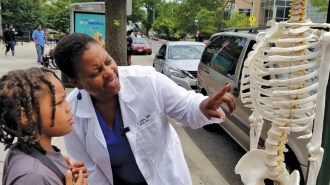 Science & Society
Science & SocietyHear from people taking action against COVID-19
Researchers, a health care worker, a clinical trial volunteer and others share their experiences during the pandemic.
-
 Space
SpaceTop 10 questions I’d ask an alien from the Galactic Federation
An interview with E.T. would be a journalist’s dream, but it’s not very likely.
-
 Earth
EarthIn the past 15 years, climate change has transformed the Arctic
Accumulating evidence and new tools have helped scientists better understand how the Arctic is changing, but the pace has been faster than expected.
-
 Astronomy
AstronomyEnormous X-ray bubbles balloon from the center of the Milky Way
Images from the the eROSITA telescope reveal X-ray–emitting blobs surrounding gamma-ray bubbles.